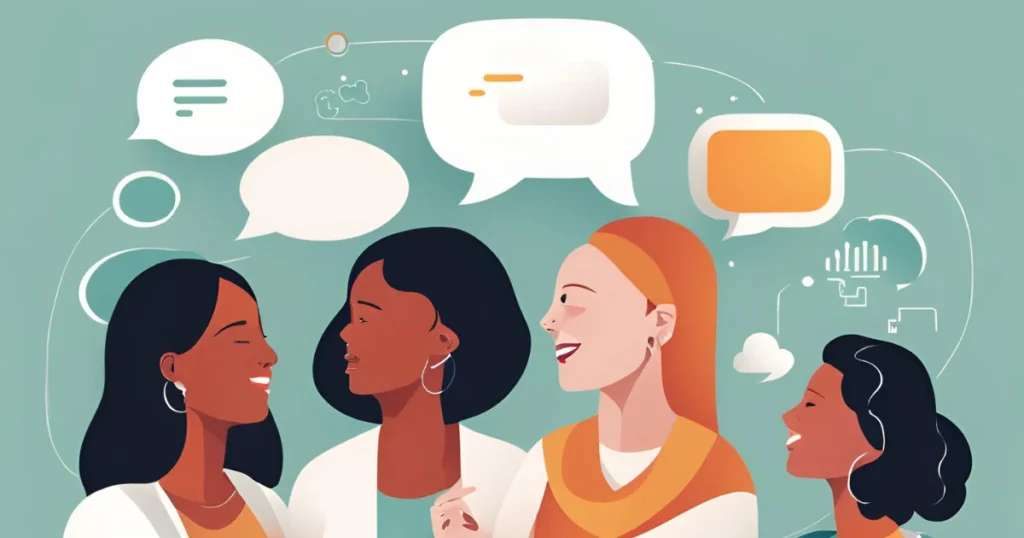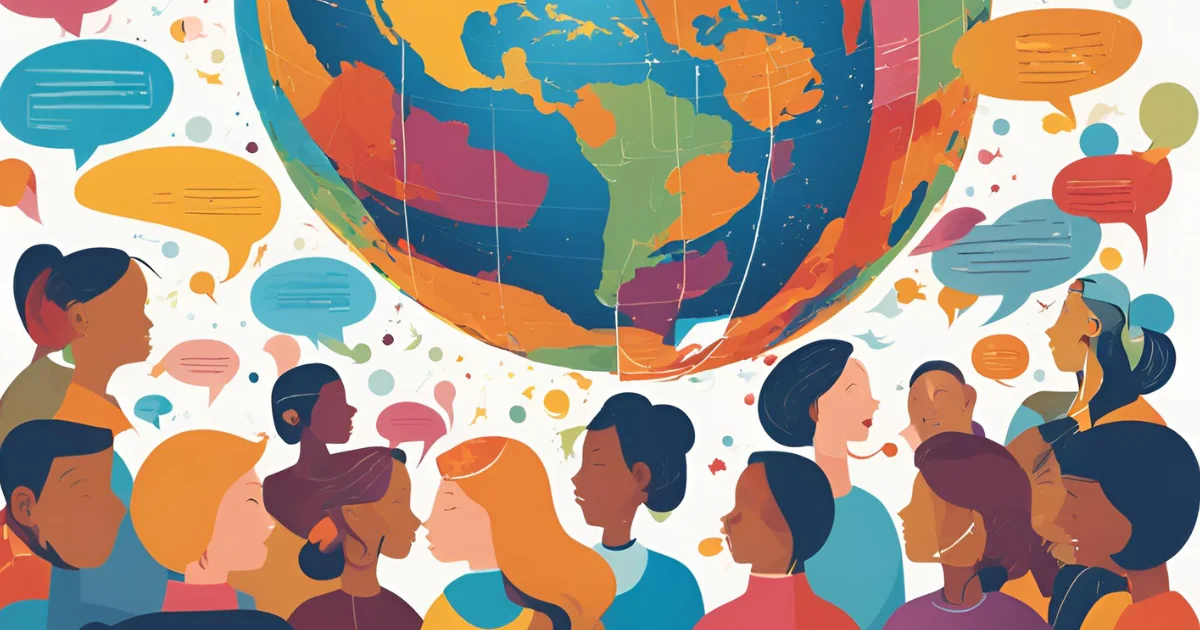ChatGPT is a powerful AI language model that can understand and generate text in numerous languages, making it an invaluable tool for global communication and engagement.
In this article, we will explore how ChatGPT navigates multiple languages, its capabilities, and the challenges it faces.
Understanding Multilingual Capabilities
At its core, ChatGPT is built on advanced transformer architecture, which enables it to process and generate language efficiently.
This design allows it to learn from vast amounts of data in various languages, making it capable of understanding nuances, idioms, and cultural references.
The training data includes text from diverse sources, enabling the model to capture the richness of different languages.
Languages Supported by ChatGPT

ChatGPT can communicate in many languages, including widely spoken ones such as English, Spanish, French, German, Chinese, and more.
The model’s capabilities even extend to lesser-known languages, including some ancient tongues like Latin.
This extensive language support allows ChatGPT to engage users from various linguistic backgrounds, making technology more inclusive.
Key Languages Supported
- English
- Spanish
- French
- German
- Italian
- Portuguese
- Russian
- Chinese (Simplified and Traditional)
- Japanese
As ChatGPT continues to evolve, its language capabilities will likely expand, allowing it to reach an even broader audience.

How ChatGPT Processes Multiple Languages
Training Mechanisms
ChatGPT learns different languages through a process called pre-training, where it analyzes vast datasets containing text in various languages.
Following this, multilingual fine-tuning further enhances its understanding of specific languages.
This dual approach allows the model to grasp not only the vocabulary but also the context and grammar unique to each language.
Translation Abilities
One of ChatGPT’s notable features is its ability to perform translations. Unlike traditional translation tools that often rely on word-for-word translation, ChatGPT understands the context of sentences, producing more accurate and nuanced translations.
This contextual understanding is crucial for interpreting idiomatic expressions and culturally specific phrases.
Comparatively, while Google Translate offers robust translation capabilities, ChatGPT excels in providing conversational and contextual responses, making it a valuable companion for real-time multilingual interactions.
Challenges in Multilingual Understanding
Despite its impressive multilingual capabilities, ChatGPT faces challenges in achieving perfect language parity.
Variations in syntax, idiomatic expressions, and cultural contexts can complicate the translation process.
These challenges require continuous refinements in natural language processing (NLP) to enhance the model’s understanding.
Practical Applications of Multilingual ChatGPT
The ability to engage in multiple languages opens a world of opportunities across various sectors. Here are a few practical applications:
- Education: Students can interact with ChatGPT in their native language, receiving explanations and assistance tailored to their linguistic background. This feature fosters personalized learning experiences.
- Customer Service: Businesses can leverage ChatGPT to provide support in multiple languages, improving customer experiences and expanding their reach in global markets.
User Experience and Language Settings
To interact with ChatGPT in different languages, users can easily adjust their language settings. Here’s how:
- Browser Language Settings: Change your browser’s language settings to your preferred language. ChatGPT will automatically recognize and respond in that language.
- Alpha Web Feature: By enabling the alpha web feature within your ChatGPT account settings, you can access enhanced multilingual capabilities
These simple steps empower users to explore ChatGPT’s diverse language support, enhancing their interaction with the model.
Conclusion
ChatGPT’s ability to understand and generate text in multiple languages positions it as a revolutionary tool for global communication.
By leveraging advanced NLP techniques and extensive training data, ChatGPT can engage users across linguistic barriers.
Although challenges remain, the ongoing advancements in AI promise a future where language differences will increasingly fade, paving the way for more inclusive communication.






